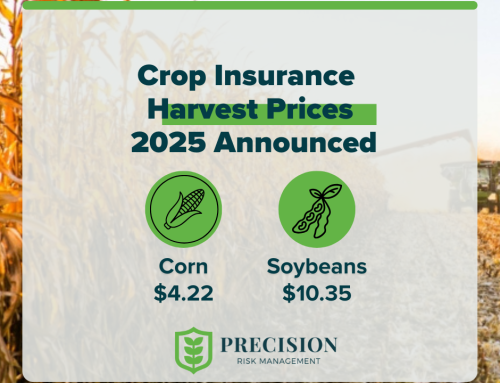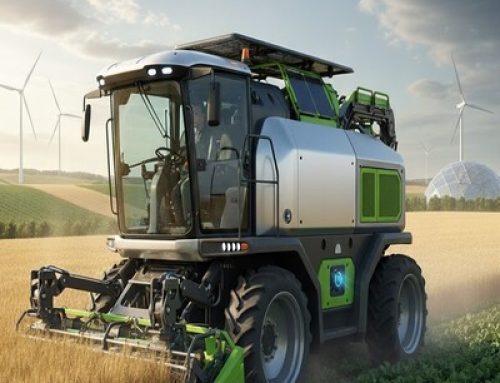By Rachel Hor, IBM Technology Executive
In the ever-evolving landscape of agriculture, where challenges like erratic weather patterns and market volatility persist, the rising cost of crop insurance has emerged as a formidable burden for farmers worldwide. As we navigate the complexities of a changing climate and the financial strains on agricultural communities, the need for transformative solutions becomes increasingly evident. From precision agriculture technologies to artificial intelligence-driven analytics and blockchain applications, the arsenal of innovations at our disposal holds the promise of not only alleviating the financial strain on farmers but also ushering in a new era of sustainability and resilience in the ag industry.
Agriculture insurance, particularly crop insurance, plays a vital role as a safety net for farmers, offering protection against financial ruin in the face of crop failures or yield losses. However, the escalating frequency and severity of extreme weather events, intensified by the impacts of climate change, have resulted in a notable increase in insurance claims. This, in turn, has driven up premiums, exerting undue financial pressure on farmers.
The primary drivers behind this rise are weather-related losses, such as floods, droughts, and hail, along with the fluctuation of commodity prices. Unfortunately, farmers who have heavily invested in agricultural infrastructure find themselves particularly susceptible to the devastating impacts of natural disasters.
For instance, data from the U.S.-based non-profit Environmental Working Group (EWG) reveals that crop insurance payouts exceeded USD 118.7 billion between 2001 and 2022 due to the top five weather-related losses. The frequency of extreme weather events triggering these payouts is on the rise, a trend exacerbated by the accelerating pace of climate change. This underscores the critical importance of adapting and enhancing agriculture insurance mechanisms to address the evolving challenges faced by farmers worldwide.
And things are likely to get only worse. The Intergovernmental Panel on Climate Change (IPCC) emphasizes that climate change is poised to heighten the frequency and severity of extreme weather events, encompassing droughts, floods, and storms, thereby adversely affecting agricultural productivity.
The Power of Technology
In the face of all the challenges the agriculture industry is facing, leveraging the power of technology emerges as a transformative force, offering a beacon of hope to alleviate the financial strain caused by escalating insurance premiums. Digital agriculture, marked by the ongoing transformation of farming through the digitalization and automation of tasks, emerges as a critical solution. The adoption of digital agriculture technologies, as highlighted by the United States Department of Agriculture (USDA), is on the rise. This includes the incorporation of satellite imagery and remote sensing into farming practices.
Moreover, certain regions are witnessing a growing adoption of technologies like AI-driven analytics for crop management, contributing to the development of more sustainable agricultural practices. This technological evolution holds the promise of revolutionizing the agricultural insurance landscape, making it both more sustainable and affordable for producers.
Satellite imagery and remote sensing stand out as one of the most promising technologies poised to transform crop insurance. Advanced satellites equipped with high-resolution sensors can provide real-time data on various crop parameters, including growth stages, vegetation health, and moisture levels. By leveraging this wealth of information, insurers can accurately assess crop conditions and mitigate risks, leading to more precise pricing of insurance policies. Moreover, satellite imagery enables faster claims processing by verifying losses objectively, reducing administrative costs, and minimizing the potential for fraud.
Innovative technologies such as Farmers Edge’s FarmCommand and IBM’s GenAI further enhance the efficiency and effectiveness of crop insurance operations. FarmCommand integrates satellite imagery, weather data, and AI-driven analytics to provide producers with actionable insights for optimizing crop management practices. By prioritizing farmer-centricity, these technologies ensure that insurance solutions are tailored to the unique needs and challenges faced by producers. This not only improves risk assessment accuracy but also enhances user experience, empowering farmers to make informed decisions about their insurance coverage.
To read entire article, Click Here




